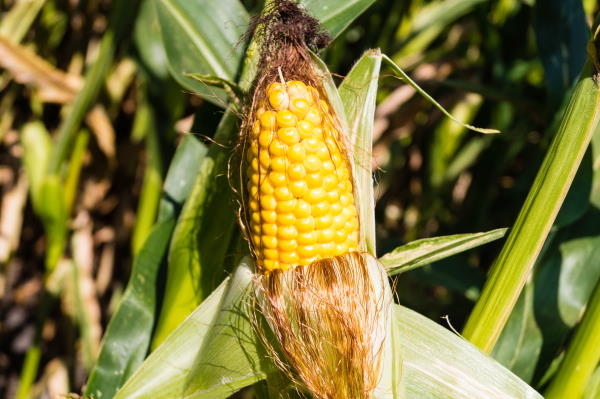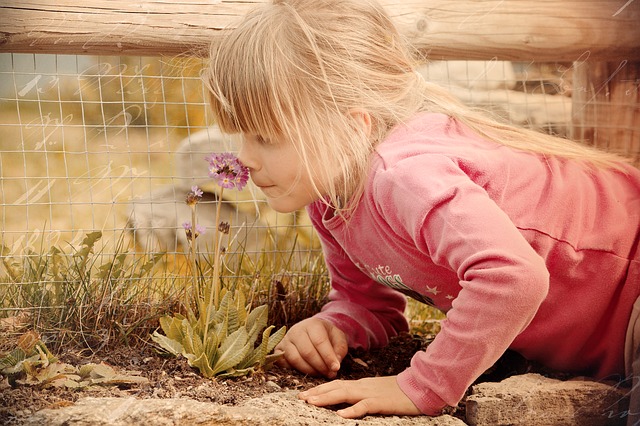When we talk about compost, we often discuss brown and green material. What are greens? What are browns? Why do I care? In this article, we’ll try to simplify the concept, give you some rules of thumb to follow, and help you understand the compost ratio of brown to green and why it’s important. Don’t worry, it’s not that complicated.
We’ll start by covering the two types of materials and give you some examples. Even though they’re called green and brown, that doesn’t mean that all the things you’ll add to your compost pile are actually that color (green eggshells are gross unless it’s Easter.)
For some things, they can fall into both categories. Sometimes, it’s situational. For example, grass clippings are typically green. However, if you let them dry out, then they’re considered brown. This is true of a lot of vegetation.
In our Can You Compost series, we’ve broken down the material by which category they fall into. For things like grass clippings, we’ve categorized them based on when we’d expect you to add them most of the time. We call grass clippings green and then note them sometimes being brown in the text of the article. No system is perfect. Every item has a tag to label it clearly.

What Are Brown Materials?
Let’s start with exactly what brown and green materials are in your compost pile. Brown materials are rich in carbon. They are generally woody materials and often look well…brown. So, they are things like leaves, sawdust, cardboard, paper, etc.
These are a food source for some of the organisms in your compost that live in the soil. They also provide structure to the compost. This creates spaces for air and water, which are used to ensure that your pile composts instead of rotting.

What are Green Materials?
Green materials are rich in nitrogen. They are often food scraps like fruits, vegetables, and the like.
Green materials are what the microorganisms in the pile feed on. As they digest the green material, they heat up your compost pile.
We use these designations to make it a bit easier to manage your compost. All types of compost material have a different amounts of nitrogen, carbon, and other nutrients. So, an ideal ratio of stuff is difficult.
What is the Ideal Compost Ratio of Browns to Greens?
Scientifically, the ideal ratio of browns to green in compost is 30 parts of carbon to 1 part nitrogen. This is the scientific ratio if you were composting in a lab and is a bit different than the brown to green ratio. That’s great, but what do you do with that information?
Another ratio you will hear is the brown to the green ratio, which lies somewhere in the 3-4 to 1 range. That’s a bit more useful. Because not all browns and not all greens are created equal, it’s less specific, but it can help you get started. I wouldn’t call this an “ideal” ratio, but it’s a good starting point.
Each material has different nutrients, so if you add coffee grounds, that’s got more nitrogen than many other materials like lemon peels. The same is true for brown materials.
This isn’t incredibly useful information unless you are composting to get your biology degree. You will often see references to it in various sources. Often, it’s unclear what to do with it, or there are complicated calculators designed to help you figure out your real ratio.
Unless you want to make composting a full-time job, which I don’t, then there is a less scientific but easier way to determine if your compost pile has the right ratio of browns to green.

Determining Your Compost Ratio Browns to Greens – The Easy Way
This is what we call the sniff and see method. Rather than scientific sense, we will use our other senses to determine if our brown to green ratio is right in our compost and what to do about it. First, to get started, a ratio of about 3-4 times as much brown material as green will get you started. Then you use your eyes and nose from there. Don’t weigh things out; just eyeball them.
| What’s Going On With Your Compost Pile What to Do About It | What to Do About It |
|---|---|
| If your compost pile isn’t heating up (you can use a compost thermometer to measure this) | Add more greens. Turn your compost pile |
| If your compost stinks | Add more browns |
| Your compost is wet (it should be damp, but not wet) | Turn your compost and add some brown material |
| Compost is too dry | Add some green material and add some water to make it damp (like a moist sponge). Turn your compost to mix in the moisture and greens |
| Has an ammonia-like smell | Need to turn it to add air but you probably also want to add some brown material. You may have too much moisture and that will get rid of that. |
Sniffing and seeing will go a long way to getting you at a good brown to green ratio without needing a biology degree or fancy calculator. Your compost should
- Look damp
- Dark brown
- Have a sweet, earthy smell
If that’s what your sniff and see test shows, then you’re in the right ballpark. Remember, nature has been composting a long time without measuring the ideal compost brown to green ratio. It’s a process, not a science.
The “Ideal” Compost Ration Brown to Greens
The ideal ratio doesn’t really matter. It’s interesting and makes you sound smart (which you are, and gosh darn it people like you too.) When you’re learning to compost, you want to mix in more browns than greens to start.
Then you use the Sniff and See test to manage your compost pile. You make some adjustments over time, and your compost pile will tell you when it’s happy. Have fun!
